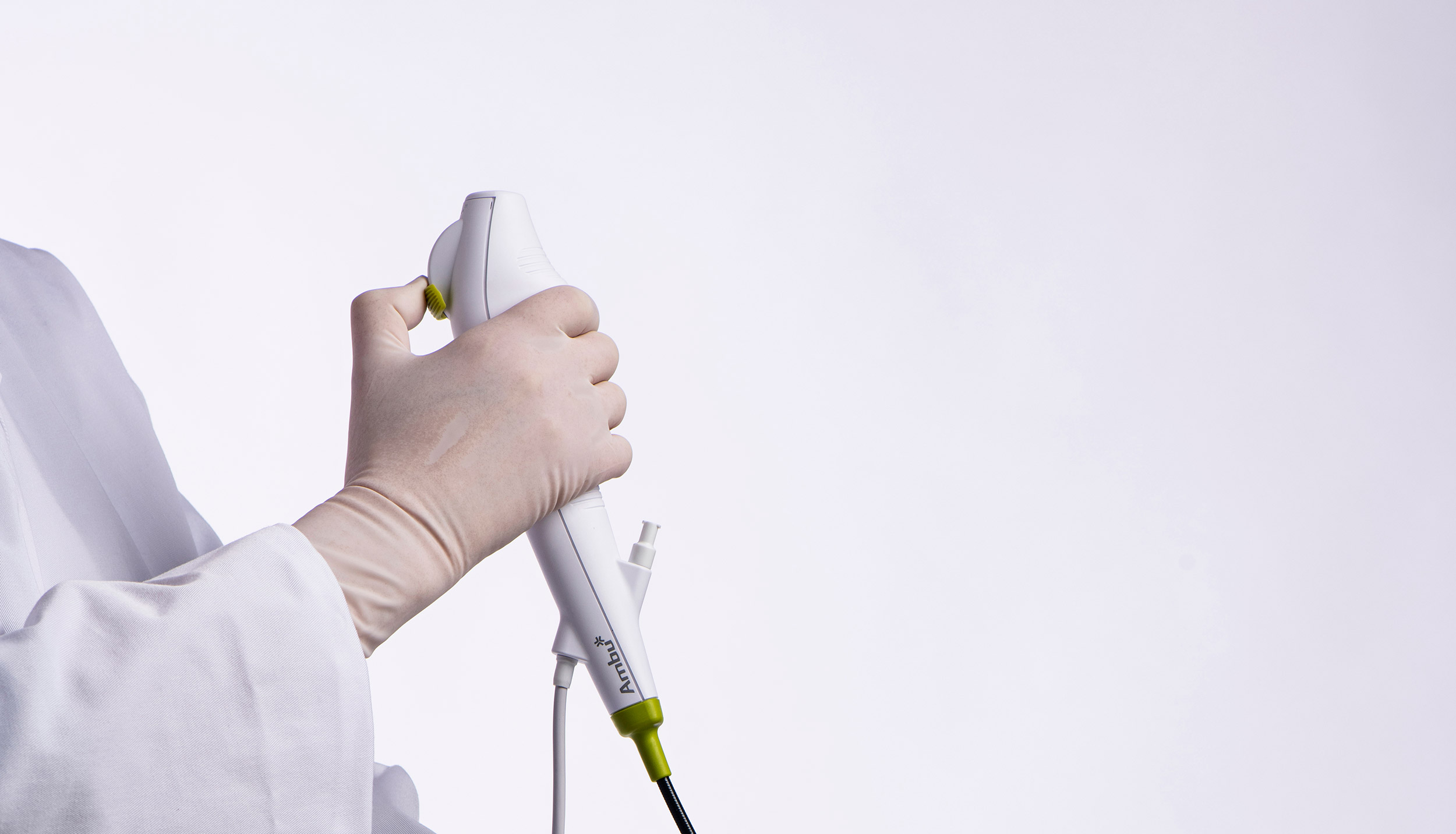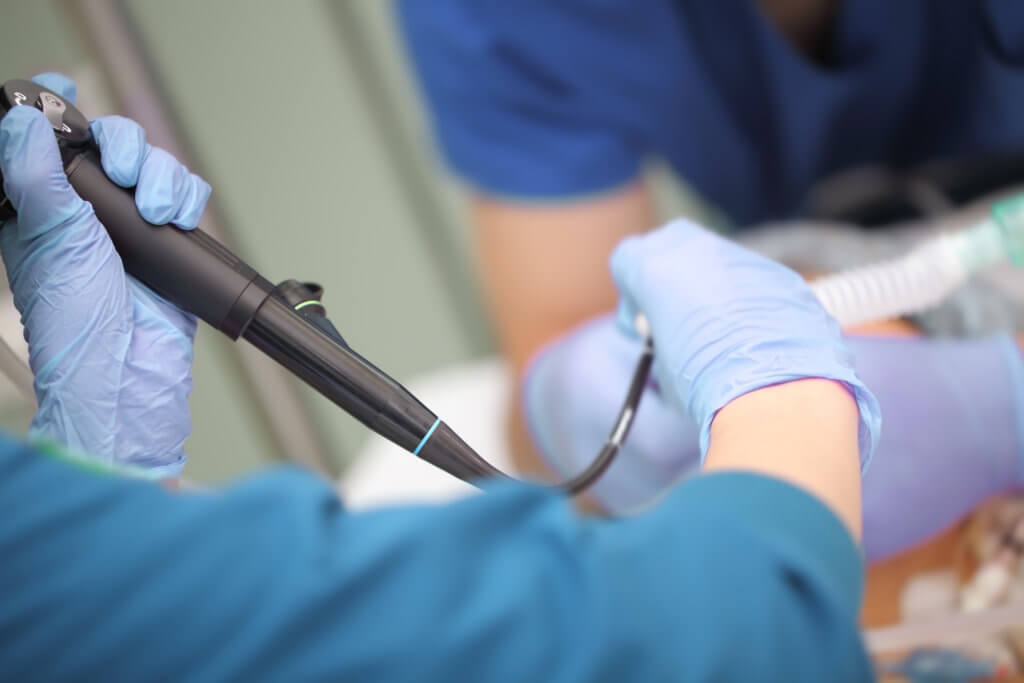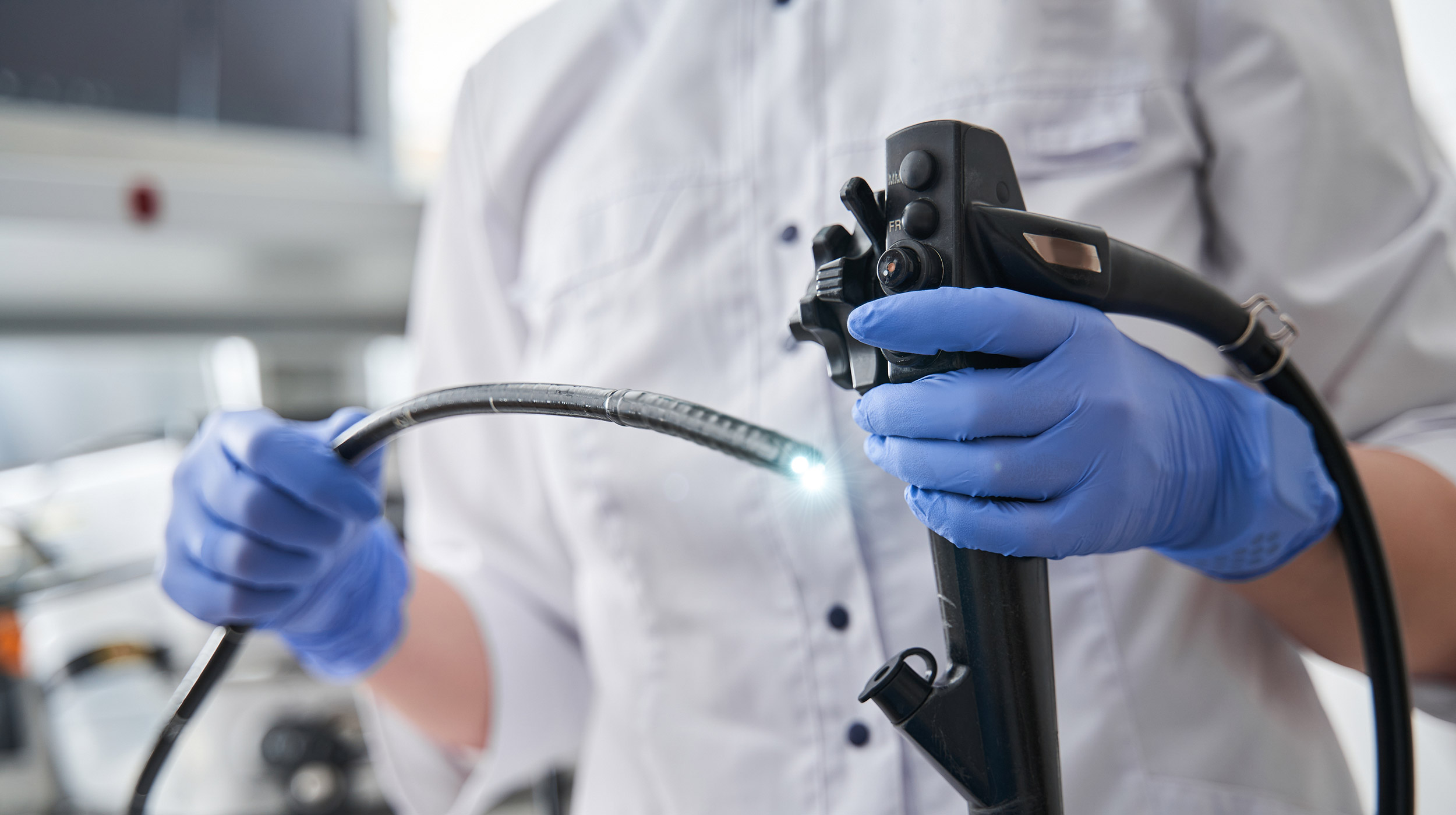
Transitioning from reusable to single-use cystoscopes results in a substantially lower environmental impact, according to a new study.
The Ambu® aScope™ 4 Cysto is said to have reduced climate change caused by greenhouse gas emissions by 33 percent in comparison to the sterilization and reprocessing of a reusable cystoscope, according to new research.
The findings are based on a study recently published in European Urology Focus, assessing the life cycle of both reusable and single-use cystoscopes at a hospital in Marseille, France, over 12 months.
Healthcare facilities have been transitioning to single-use endoscopy platforms due to cross-contamination concerns. While single-use cystoscopes have several advantages over their reusable counterparts, researchers say their environmental impact has sparked concerns from some healthcare providers.
As a part of their investigation, researchers reviewed the entire life cycle of an aScope 4 Cysto, including raw material extraction, product assembly, and final disposal.
Researchers omitted similar information containing data about a reusable cystoscope's life cycle from their analysis due to a lack of material provided by the manufacturers. They limited their assessment to reprocessing and high-level disinfection.
Researchers analyzed five environmental categories impacting the carbon footprint, primarily focusing on climate change caused by greenhouse gas emissions.
Disinfecting a reusable cystoscope produced a much higher impact on the carbon footprint in each of the environmental categories that were analyzed compared with the entire life cycle of a single-use endoscope, according to the researchers.
They concluded that even though reusable devices appear to minimize medical waste, the sterilization process counterbalances that benefit.
Reprocessing a reusable cystoscope involves the use of energy, several gallons of clean water, and chemicals that create harmful waste.
Approximately 3 million to 4.5 million cystoscopy procedures are performed annually in the U.S. and Europe, according to researchers.
------------------------
Related:
Study Compares Cost and Environmental Impact of Single-Use and Reusable Cystoscopes
How Do the Carbon Footprints of Single-Use and Reusable Ureteroscopes Compare?
Podcast: Single-Use Endoscopes Are More Sustainable Than You Think


